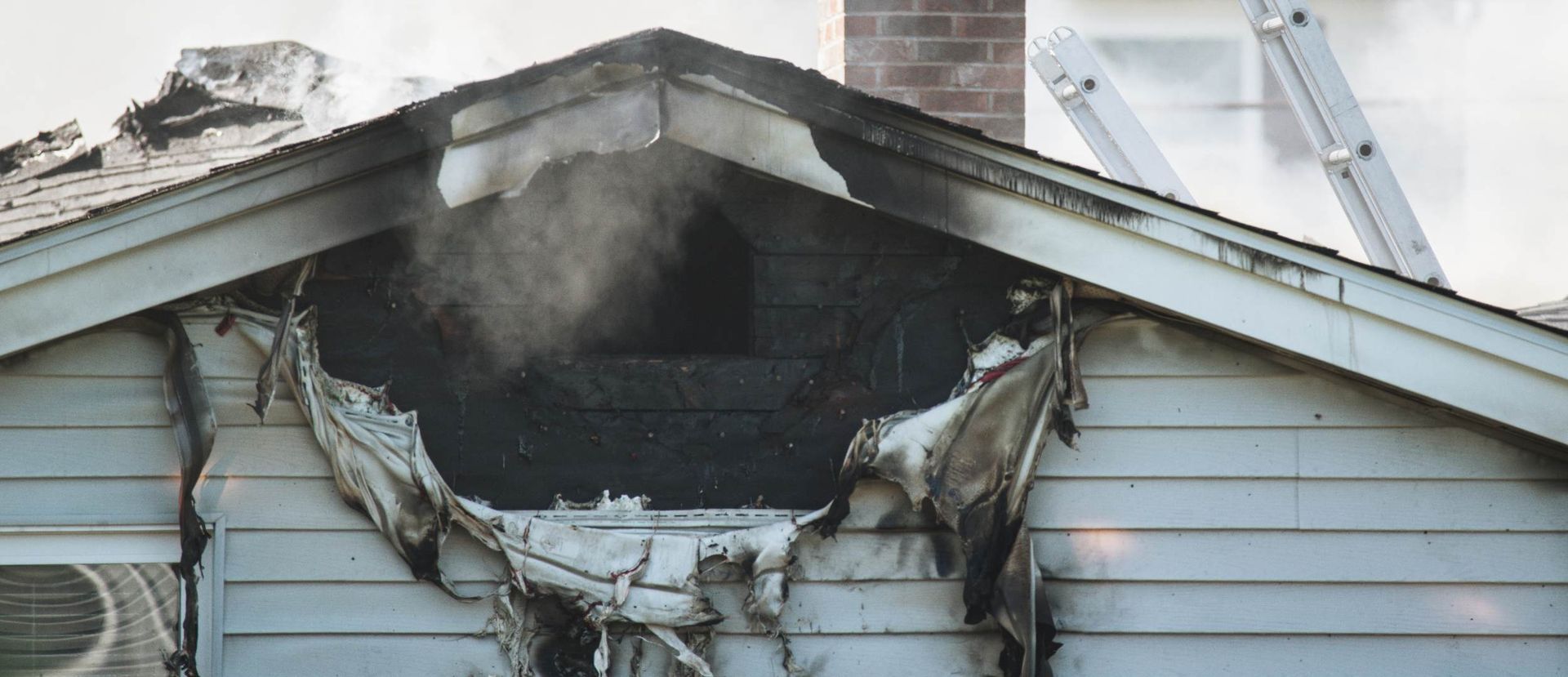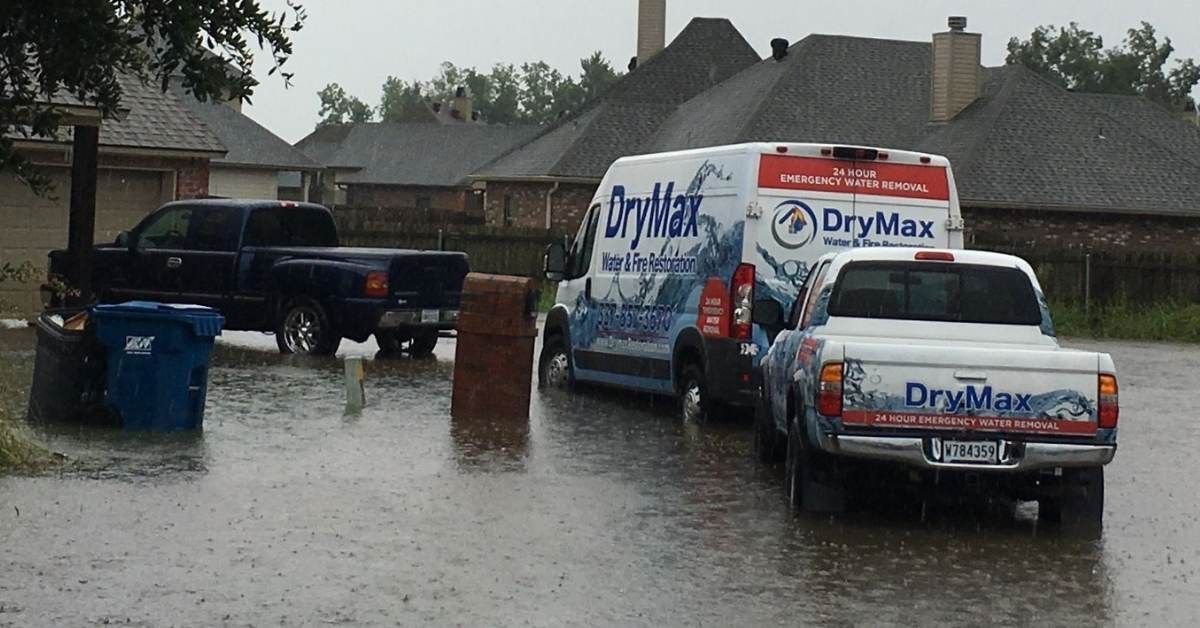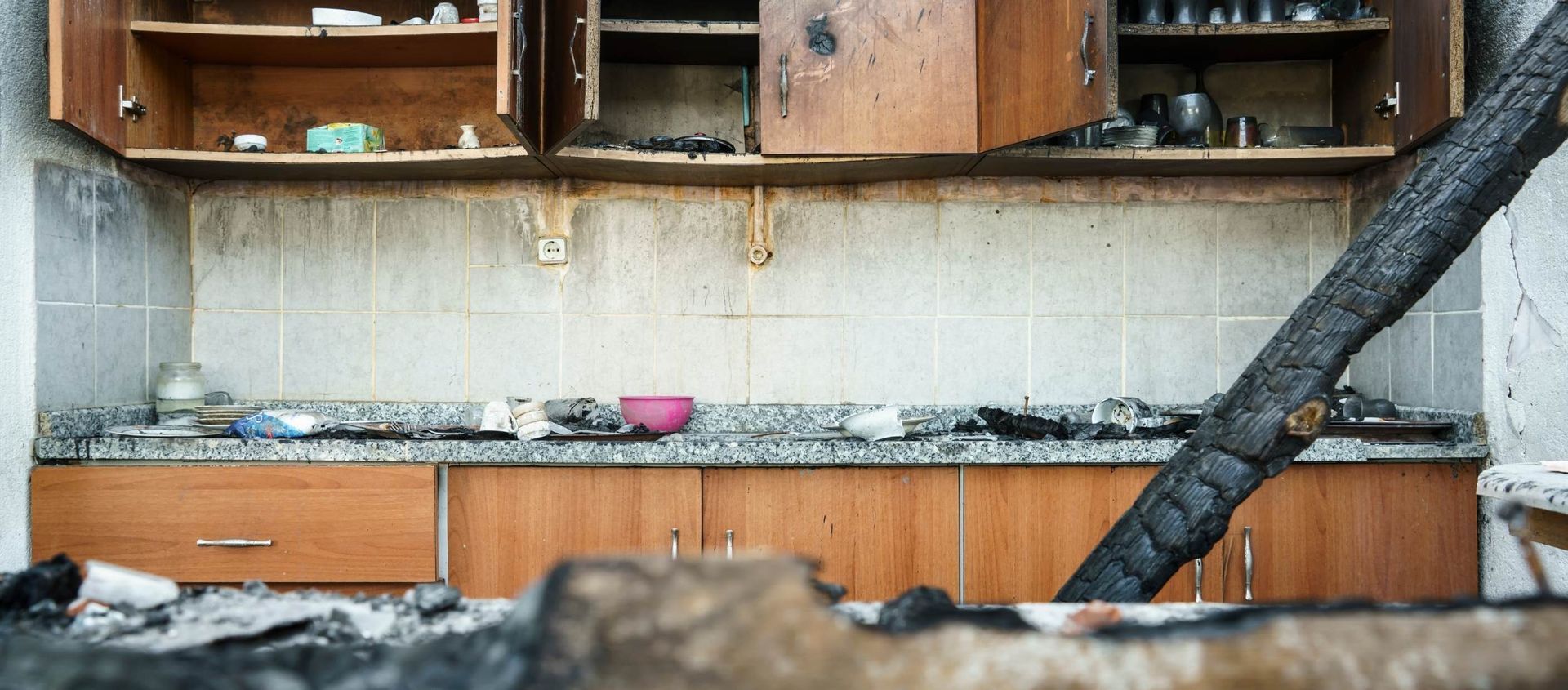The Three Common Causes of Home Fires
Home fires are incredibly scary and dangerous. They often occur from the most mundane tasks, such as forgetting to blow out a candle or turning on a stove burner. If you've recently had a household fire, you most likely have a lot on your plate. How to restore your home is the last thing on your mind. That is where we come in. We offer the best fire restoration Lake Charles, LA offers.
So, what are the top causes of household fires?
1. Electrical Equipment - Fires from electrical equipment account for about nine percent of all home fires. Bad connections and overloaded extension cords will cause electrical wires to melt. Prevent this issue by regularly replacing frayed or undersized extension cords.
2. Kitchen Fires - Cooking fires account for nearly a quarter of all household fires. These fires can turn dangerous quickly, so always be mindful when working in the kitchen. Never leave the room if a stovetop burner is on. Combustibles should be at least three feet away from the oven, including wall hangings and curtains.
3. Heating Equipment - Wood stoves and space heaters are the most common culprits of heating equipment fires. These fires usually occur because the heating equipment is too close to combustibles. Make sure all heating equipment is at least three feet from bedding, drapes, and other flammables, and never use them while sleeping.
Call us if you've experienced fire damage in Lake Charles, LA. Our restoration team can help. We also specialize in the best water damage restoration Lake Charles, LA offers.




